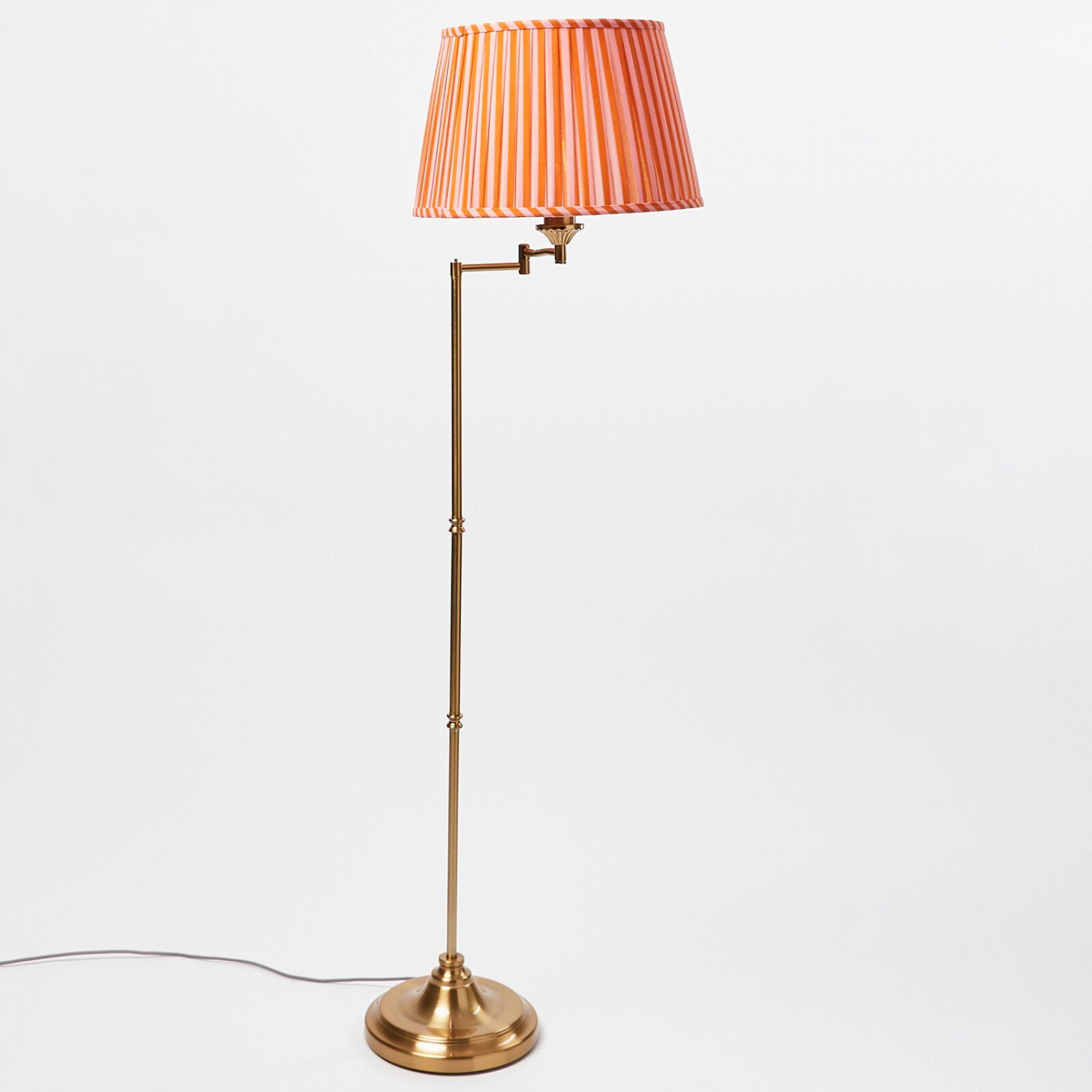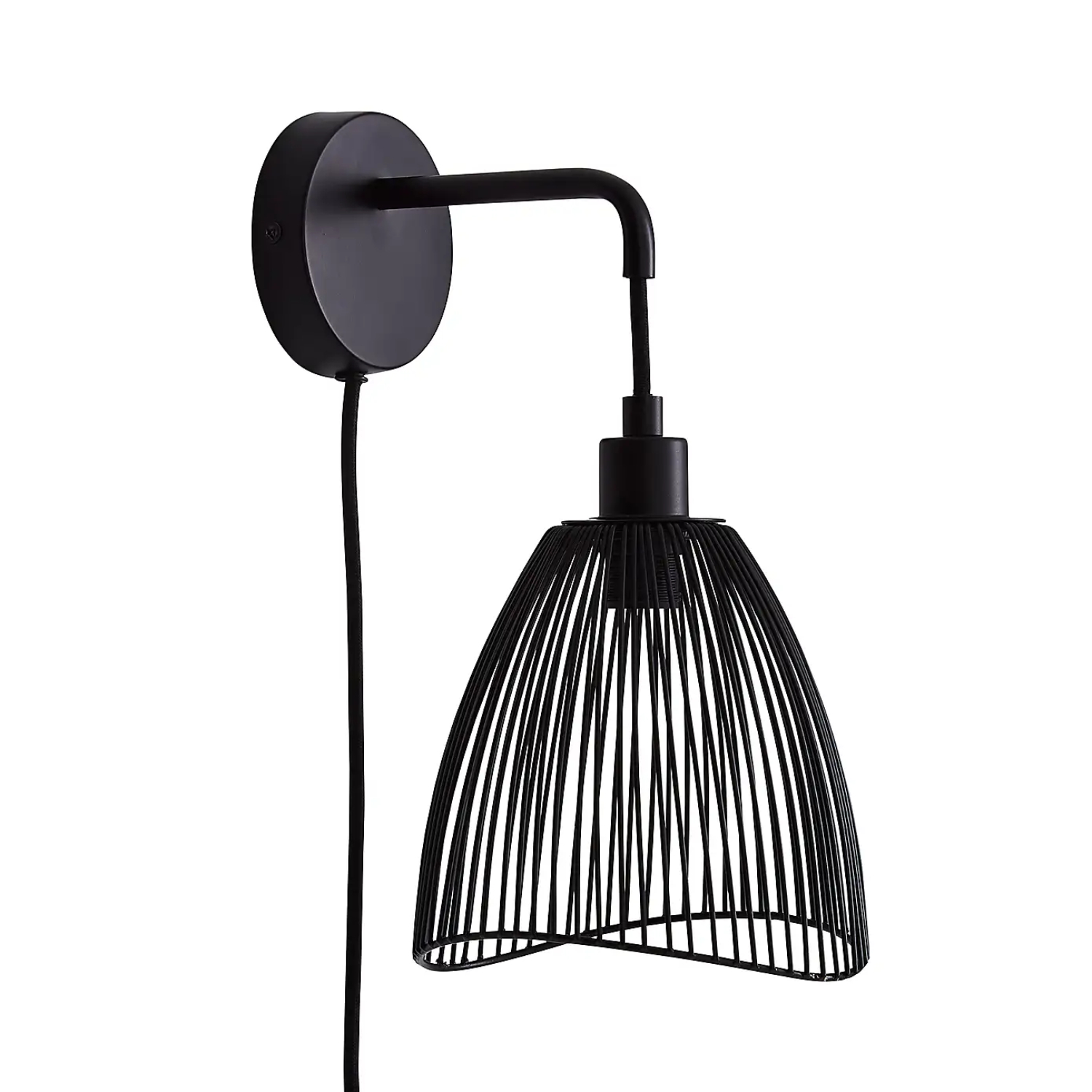Experts warn against falling for these 7 living room lighting mistakes this winter
Swerve these mistakes to create a cosy and inviting living space

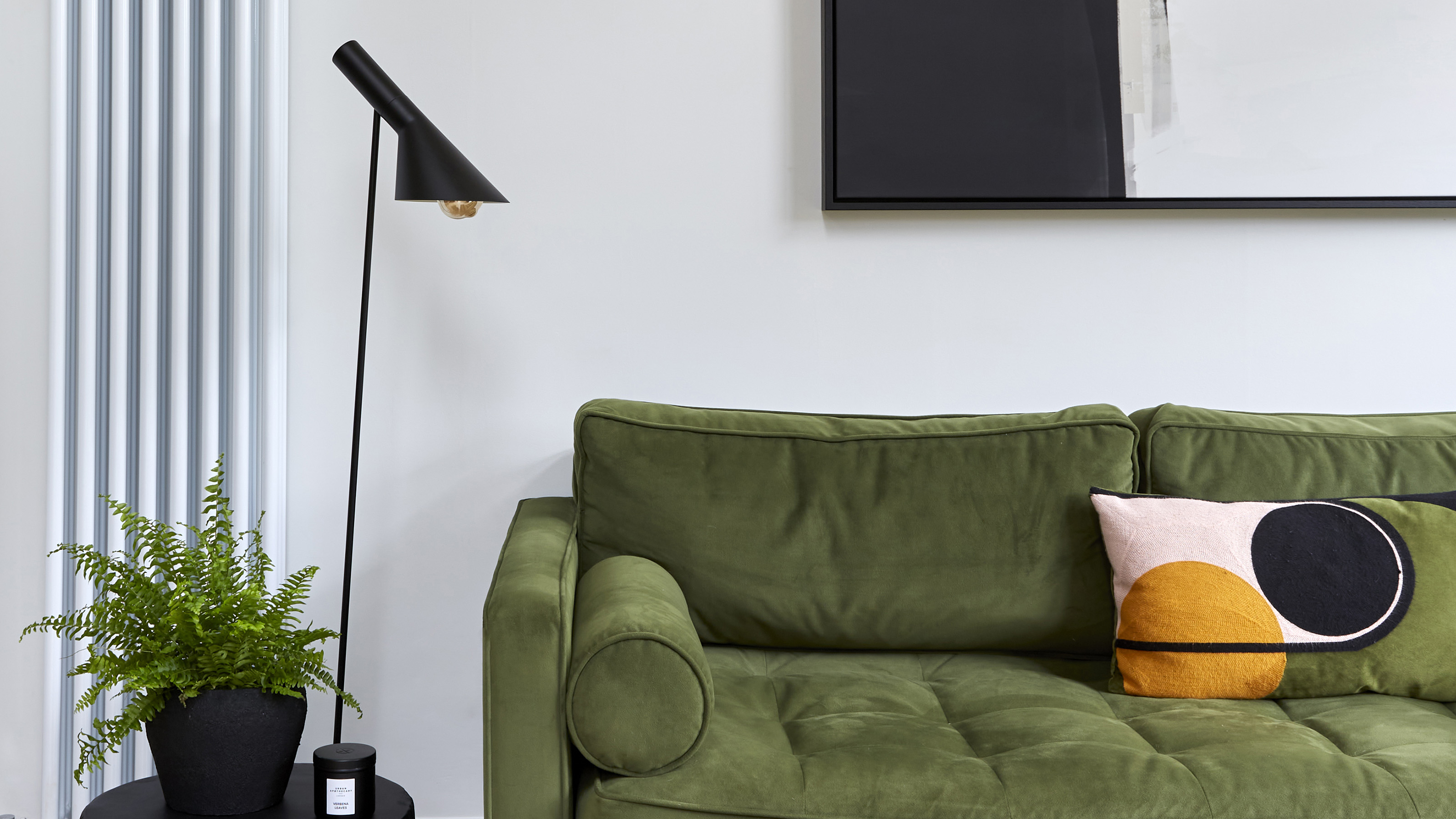
If you're living room isn't feeling all that welcoming it could be you're falling for a handful of living room lighting mistakes. Regardless of the time of year, it can get a little dull and gloomy in our living rooms, particularly on a rainy or winter’s day. However, in the darker months striking the balance between making your living room bright enough to use and creating a cosy ambience is a fine line
There are plenty of light options to choose from and lots of great living room lighting ideas to try out but something as simple as choosing the wrong temperature of bulb can completely ruin the look. So, we asked the experts to share the top living room light mistakes that they would avoid, as well as what to do instead.
Whether you’re looking to snuggle up on the sofa and watch TV or you use your living room as more of a multi-functional room, for everything from reading to working from home, here’s what not to do.
Living room lighting mistakes
There are typically three different types of lighting, which we will refer to below. First you have ambient lighting. ‘This is the general illumination that provides overall brightness to the room,’ according to Kate Duckworth, Trends and Interior Expert at Swift Direct Blinds. It essentially sets the foundational level of lighting in a room.
Next there is task lighting. As the name alludes to, this is the kind of lighting you’ll want to introduce if you need focused lighting for reading, working, playing board games or a range of other hobbies. Not providing dedicated lighting for these types of activities ‘can strain the eyes and limit functionality,’ says Rob Chadwick, Lighting Expert at CGC Interiors.
And finally you have accent lighting. This is used to highlight architectural features in your home or artwork and decorative objects.
Deciding which types of lighting to use where can be tricky but thankfully the experts have shared their top tips for avoiding lighting mistakes in your living room, as well as what to do instead.
Sign up to our newsletter for style inspiration, real homes, project and garden advice and shopping know-how
1. Relying solely on overhead lighting and not layering lights

‘Never underestimate the power of turning off the big light,’ affirms Sam Greig, Senior Designer at Swoon. Instead of relying on a central ceiling bulb, use several different light sources.
‘Using different types and sources of lighting is part of a technique called layering,’ affirms Interior design expert Melissa Denham from Hammonds Furniture. ‘Used in the right way, this instantly adds texture to a space and means that you can benefit in a practical way, too. Whether it's a desk lamp for taking notes or a floor lamp for reading in an armchair, you can easily divide your space with lighting.’
This is especially important, as for so many of us, our living rooms now serve multiple purposes.
2. Neglecting task lighting
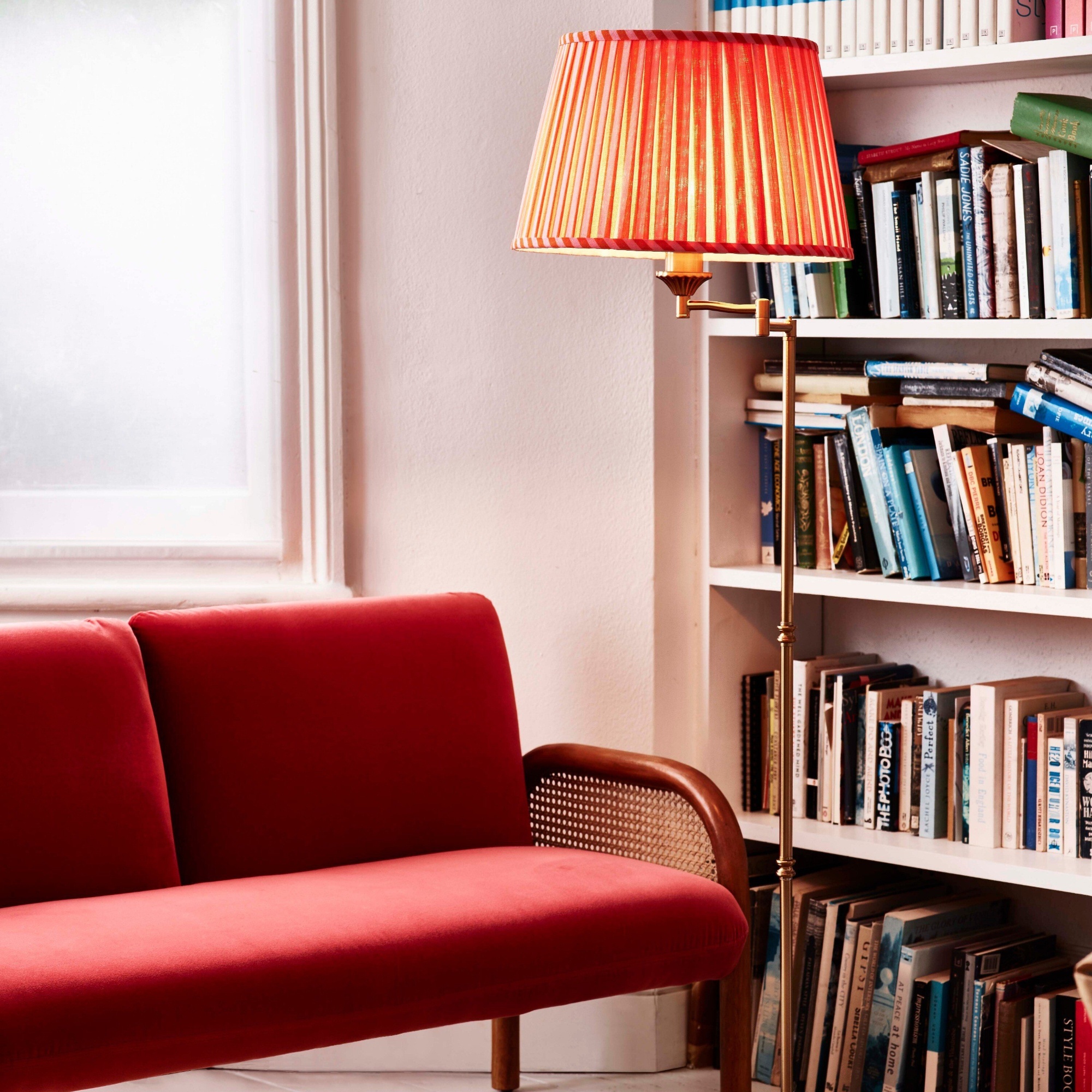
If you sometimes find yourself working from your living room or like to curl up with a good book in a reading corner, task lighting is essential. It helps to illuminate areas where ambient lighting isn’t quite enough. Not providing this can even ‘strain the eyes,’ according to Rob. Matthew Currington, Technical Director at The Lighting Superstore, agrees that ‘looking at a bright screen in a dim room can cause eye strain.’
Consider an adjustable table or reading lamps to ensure there is adequate light in these areas of your living space.
3. Combining several different light temperatures

You may have noticed that some light bulbs produce a very warm or even orange light, while others are more of a stark white. ‘Using bulbs with different colour temperatures can create an inconsistent look throughout your space,’ Matthew admits.
‘Mismatched lighting can confuse the desired mood and comfort level of a room,’ he adds. Instead, choose either all warm or all cool lights when you light your living room. Keeping this in mind when you shop for light bulbs will make the process much simpler.
4. Using only white light
Despite sticking to one temperature of light in your living room, ‘exclusive use of cool, white light can impart a sterile and unwelcoming feel,’ on your space, says Kate.
‘For a cosy and inviting ambience, opt for warm white light (around 2700-3000K) rather than cool white which is better suited for tasks that require more light,’ admits DIY professional and Owner of Saxton Blades, Glen Peskett.
Obviously, you may require bright white light for task lighting but you’ll want to avoid only using white light in your living room, otherwise, it can look far too clinical. And this is only exacerbated if you have plain white or off-white walls.
5. Not having a dimmer
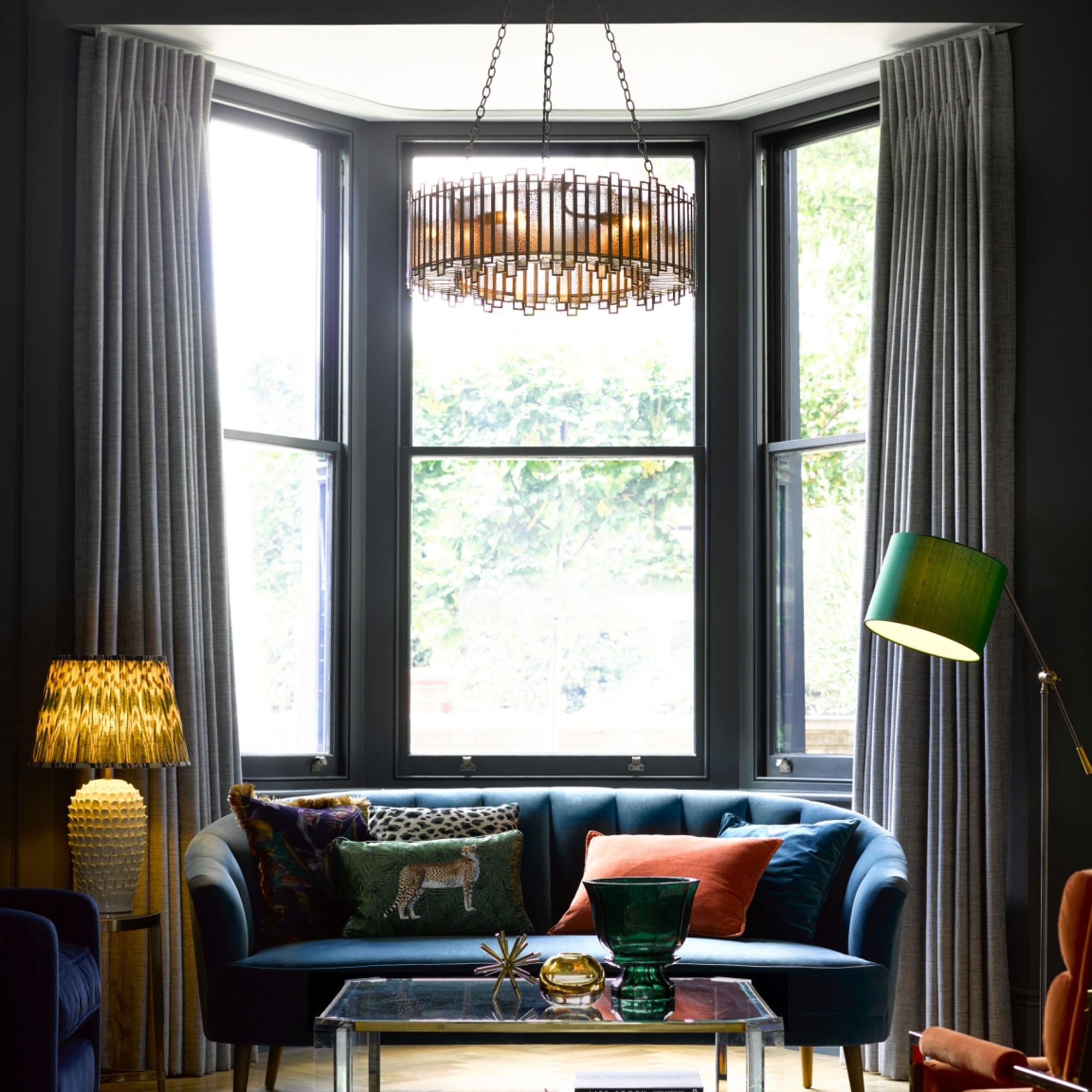
‘The amount of light a room needs will change depending on time of day, season and mood, having one consistent level of lighting will mean that while at some times it’s too dark, at others it will be glaringly bright,’ says Camilla Lesser, Development Manager at Essential Living.
‘Dimmable light options allow you to adjust the light level to create the perfect ambiance for any occasion,’ Glen declares. ‘They're especially useful for creating a relaxing atmosphere in the evening.’
‘If you’re renting or looking for a cheaper option with the same result you can go for a smart bulb that can be controlled by a remote or your smartphone,’ Camilla adds.
6. Ignoring natural light
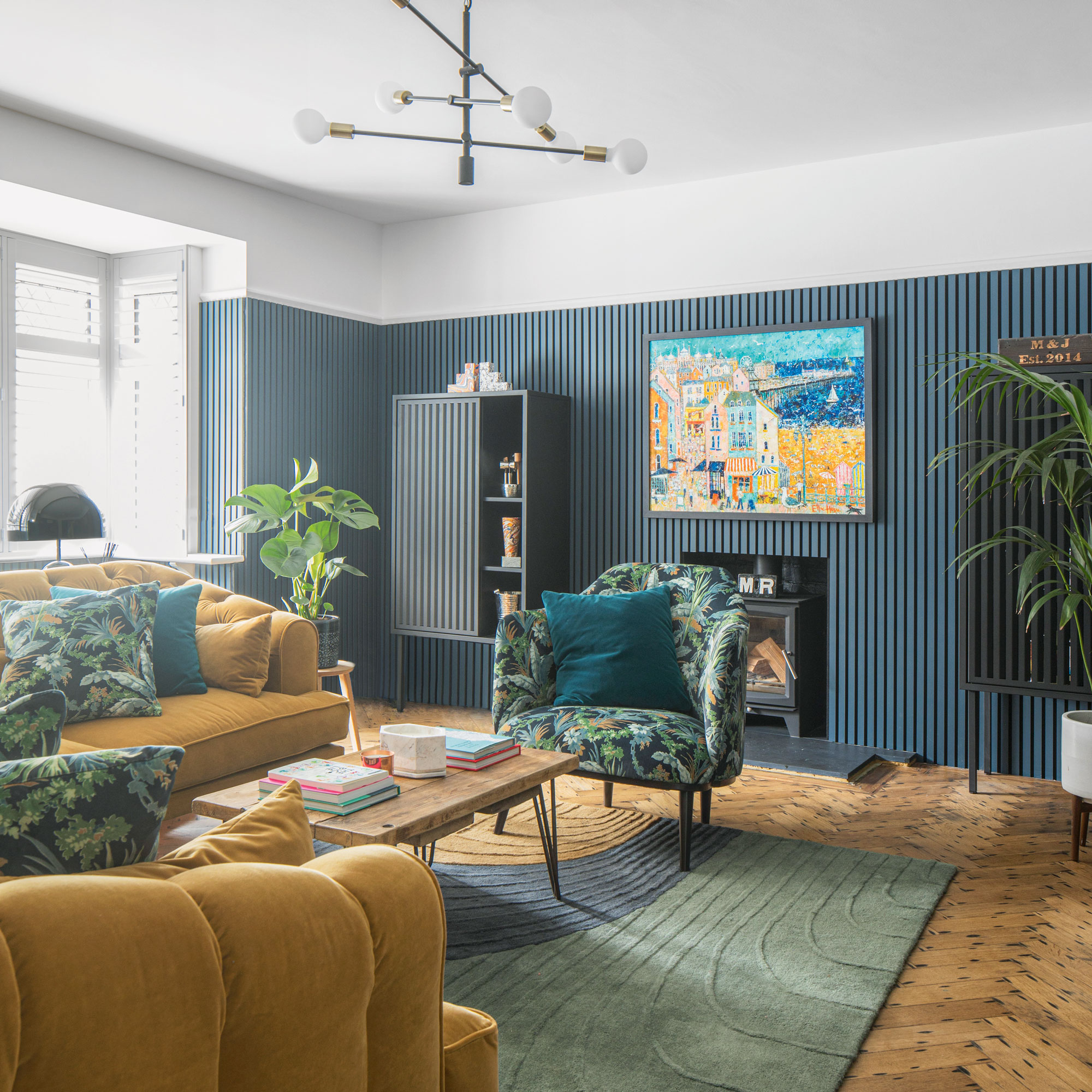
If you’re fortunate enough to have a good amount of natural light coming through your windows or even a skylight in your living space, did you realise that you could be blocking that light simply because of where you’ve placed your furniture or the type of window dressings you’ve used?
South-facing living rooms typically benefit from the most amount of natural light, while east and west-facing spaces may only see a few hours of sunlight.
‘Blocking out natural light sources can make the room feel dull and disconnected from the outdoors,’ suggests Matthew. ‘Use light-filtering window treatments and keep windows clean and unobstructed to maximise natural light.’
You also don’t want to block natural light with large pieces of furniture either.
7. Forgetting about maintenance
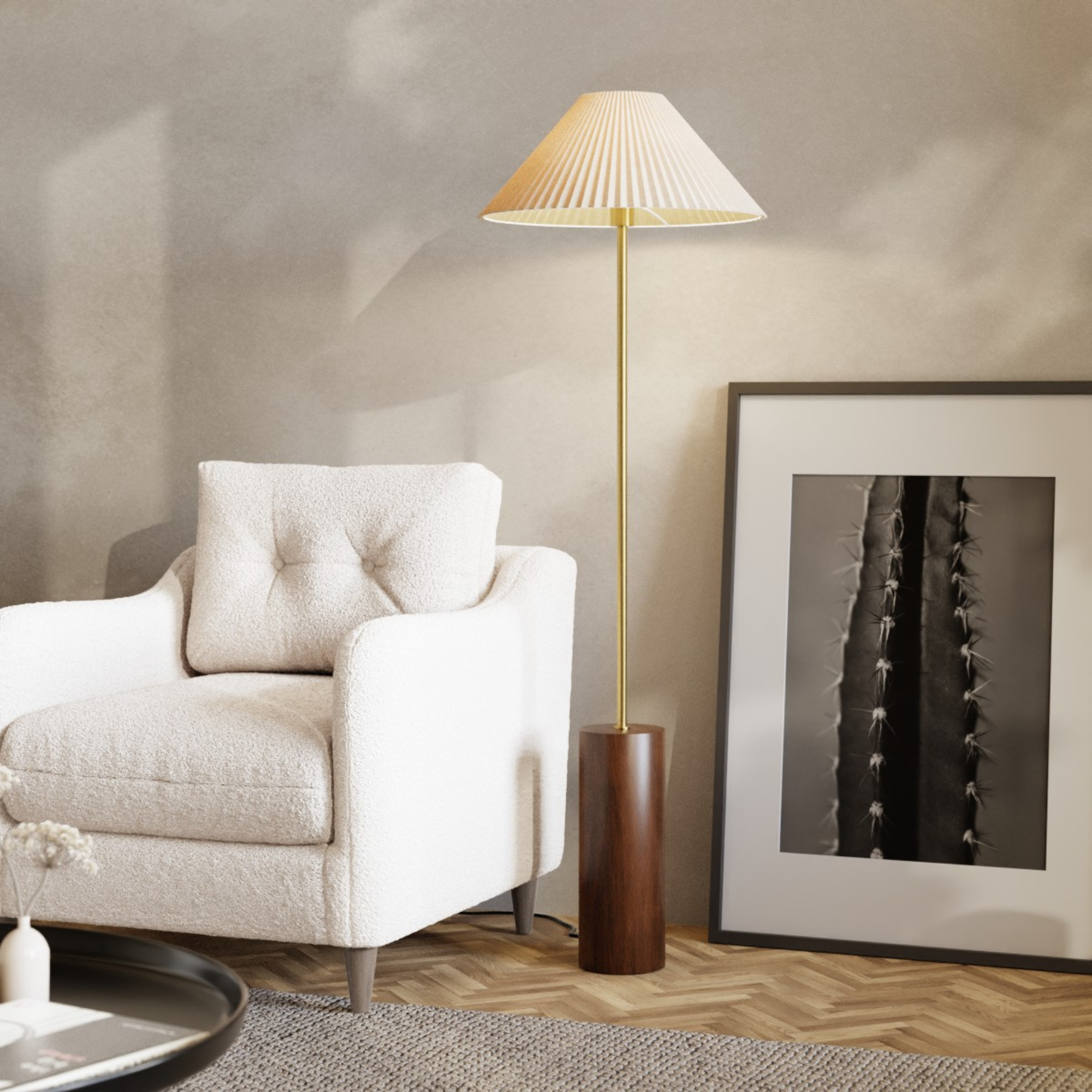
‘Maintenance is often overlooked but essential for the longevity and performance of your lighting fixtures,’ asserts Kate. You’ll want to ensure that you routinely check and replace flickering or burnt-out bulbs, clean fixtures and generally check that everything is in working order.
Doing this can save you time and money in the long run and ‘this simple upkeep can prevent costly repairs in the long run,’ Kate concludes.
FAQS
How bright should my living room be?
How bright your living room should be depends on a few different factors. Your personal preference may differ from others but it is also important to consider the size of your living space, how much natural light it receives and what you use your space for.
Our experts concur that around 20 lumens per square foot is ideal. ‘Lumens give the light output of a bulb, while degrees Kelvin (K) measure the colour temperature of light,’ explains Ann Marie Cousins, Founder of AMC Design.
‘Generally, 20 lumens per square foot will achieve a good amount of ambient lighting,’ Glen agrees. While Kate remarks that ‘as a general guideline, a living room typically benefits from a total lighting output of about 20-30 lumens per square foot.’
Using some of the top tips, such as installing dimmers and layering lighting will allow you to create a warm and inviting space.
What kind of light should I put in my living room?
Ideally, you’ll want a mixture of the three different lighting types; ambient, task and accent. ‘Ceiling fixtures, chandeliers, floor lamps, table lamps, and wall sconces can all contribute to a well-lit and inviting living room,’ declares Rob.
‘Table and floor lamps are ideal for any shady corners, and wall lights can help frame the main area or highlight the edges of the space when placed at either end, providing a cosier living area as an alternative to traditional ceiling pendants,’ says Peter Legg, Lead Designer at Dar Lighting. ‘If the room is dark or north-facing, choose an armed pendant or one made from glass to help light bounce across the space.’
Is it better to have warm or bright light in a living room?
‘Warm lighting is often favoured for living spaces as it fosters a cosy and welcoming environment, closely resembling the gentle, warm glow of natural sunlight during sunrise or sunset,’ Kate outlines.‘This type of illumination is ideal for relaxation, social gatherings, and creating a comfortable atmosphere.’
‘However, you do want to avoid lighting that looks too orange and artificial, so aim for 2700-3200K in this case,’ offers Pooky’s Head of Design, Jo Plant.
Alternatively, ‘bright light provides excellent visibility and is well-suited for tasks that require concentration, such as reading, working, or doing crafts,’ according to Ashley Baker, Senior Interior Designer at Vesta. ‘It can make the space feel more open and livelier yet can feel too harsh in the evening when you want to unwind and relax.’
So, you may want to designate bright light for task-oriented areas within the living room, such as a reading nook or a workspace. ‘If you want to mimic daylight and prefer cooler tones look to incorporate bulbs with a higher kelvin value. Something between 4000-5000K works well in spaces that require this type of task lighting,’ Jo remarks.
Make sure your living room is lit well this winter and be sure not to fall for these mistakes.

Ellis Cochrane has been a Freelance Contributor for Ideal Home since 2023. Ellis has been writing about homes, interiors and gardens for four years now, with her also contributing to House Beautiful, Country Living, Expert Reviews, Real Homes and Stylist.

